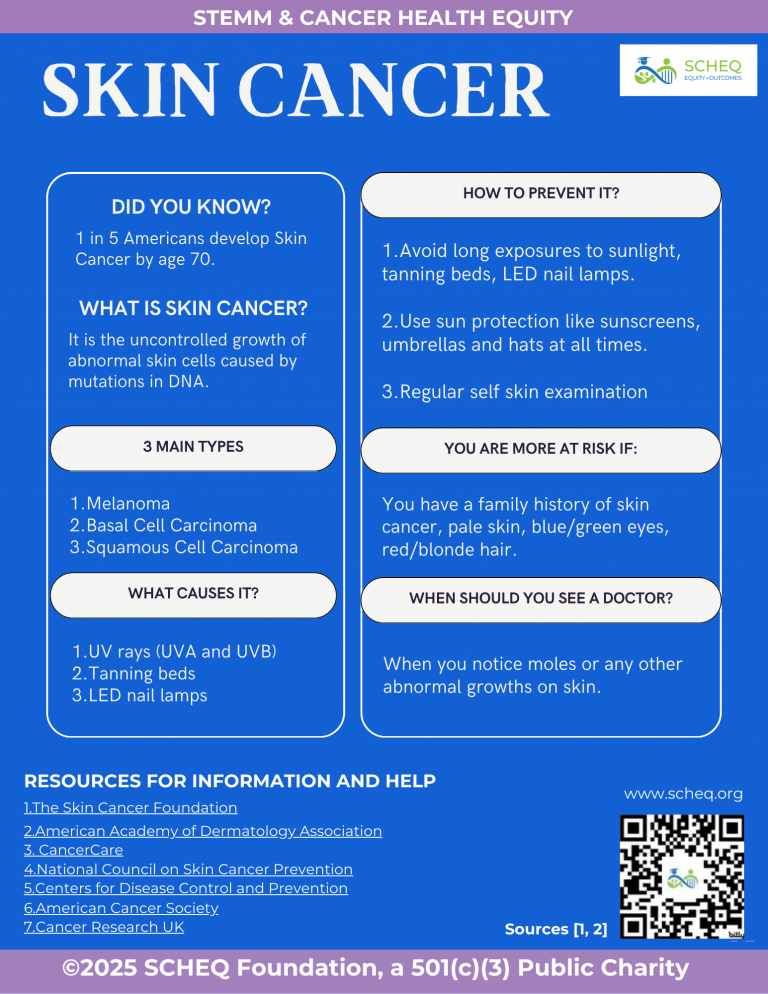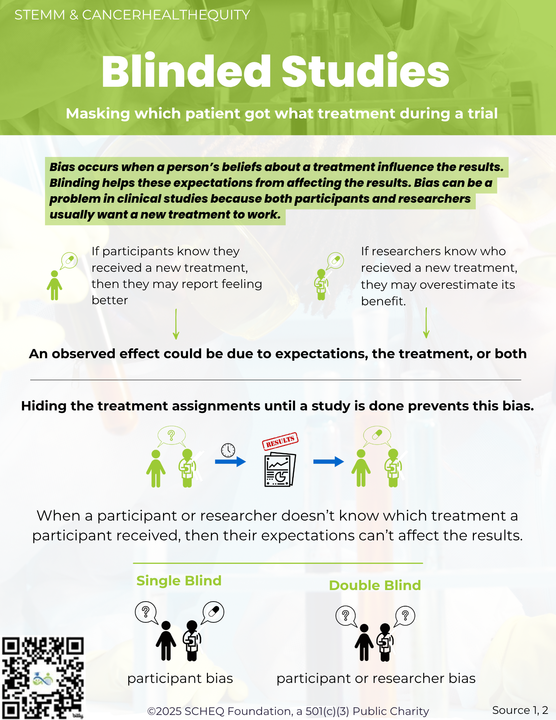Dr. Ernest Everett Just was an extremely skilled experimental embryologist who studied egg fertilization and was the first African American to work at the Marine Biological Laboratory (MBL) in Woods Hole, MA. He was born in Charleston, South Carolina, to Charles Frazier Just Jr and Mary Matthew Just. After his father’s death, his family moved to James Island, a Gullah community, where he attended the school that his mother founded and directed. Quite the precocious individual, he left at 12 to attend the Colored Normal Industrial Agricultural and Mechanics College (now South Carolina State College). At 15 he graduated with his Licentiate of Instruction (1899), which allowed him to teach at any Black school in South Carolina. Finding teaching unappealing, he went up north and attended Kimball Union Academy (KUA), a private boarding school, in New Hampshire. He then graduated as the only magna cum laude in his class with a BA (1907) in Zoology, Special Honors in Botany and History, and Honors in Sociology from Dartmouth College, and he was elected to Phi Beta Kappa. Through a connection, he ended up at the University of Chicago where he completed his PhD (1916) in Zoology and Physiology focusing on experimental embryology.
After his BA, he joined the English Department at Howard University in 1907. He taught Physiology in the Biology Department starting in 1910, was the first head of the Department of Zoology in 1912, and served as a Professor in the Medical School. He established the Master’s program in Zoology. The first Spingarn Medal from the National Association for the Advancement Colored People (NAACP) was awarded to him in 1915 for his scientific accomplishments. He was a founder of Omega Psi Phi fraternity on campus (1911) and later joined Sigma Pi Phi Fraternity.
He is known for work he conducted in the summers (1909-1930) at the MBL. He started as a research assistant and then became an MBL Investigator. He conducted meticulous experiments to unravel egg fertilization in sea urchins and marine worms. He was able to replicate the natural ocean environment in his lab environment, and this allowed him to eventually discover that the entry point of the sperm on the egg’s surface determines the first cleavage plane. He also documented the wave of instability that occurs after fertilization, preventing any other sperm penetration. This work led to his first published book entitled, “Basic Methods for Experiments on Eggs of Marine Mammals”. He was editor of Physiological Zoology (1929), elected to editorial board of MBL’s Biological Bulletin (1930), and elected Vice President of the American Society of Zoologists (1930).
He was unable to be hired at any major institution in the US (that was not a Black institution) in part due to him being Black and in part due to his work completely invalidating that of a colleague, who then made sure he could not receive funding. Eventually he went to Europe and worked at Stazione Zoologica Anton Dohrn in Naples, the Kaiser Wilhelm Institute in Berlin, the Sorbonne in Paris, and the Station Biologique in Roscoff, France. He stayed in Europe until the German invasion of France. He returned to Howard until his early death in 1941 from pancreatic cancer. He published more than 70 articles in his career.
References:
- https://www.mbl.edu/about/diversity-inclusion/legacy-leadership/ernest-everett-just
- https://www.blackpast.org/african-american-history/just-ernest-everett-1883-1941/
- https://www.ncbi.nlm.nih.gov/pmc/articles/PMC3371230/
- https://www.morgan.edu/biology/biology-club/who-is-ernest-just
- https://embryo.asu.edu/pages/ernest-everett-just-1883-1941
- https://www.phiupsilonques.com/just
- https://funfactfiesta.com/science-and-technology/biology-and-genetics/ernest-everett-just/



